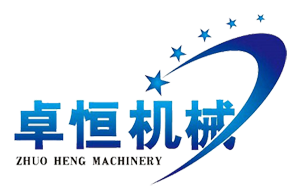high-quality feed is crucial for ensuring healthy growth and high yields
When it comes to fish farming, high-quality feed is crucial for ensuring healthy growth and high yields. The fish feed production line, as the core facility supporting this process, is not just a place for manufacturing feed but a fusion of technology and engineering aimed at optimizing the nutritional composition to meet the specific dietary needs of different fish species.
Key Role of Fish Feed
Fish feed serves more than just filling fish stomachs; it must provide essential nutrients such as proteins, fats, vitamins, and minerals to support their health, growth, and immunity. High-quality feeds significantly enhance growth rates and feed conversion efficiency, thereby reducing farming costs and decreasing reliance on marine resources.
Technology and Processes
Modern fish feed production lines typically involve several critical steps:
1. **Raw Material Preparation and Storage:** Various ingredients such as fishmeal, plant proteins, additives, etc., are prepared according to formulation ratios with strict quality control and testing.
2. **Mixing of Ingredients:** Automated mixing systems ensure precise formulation of feed batches to meet the specific nutritional requirements of different fish species at various growth stages.
3. **Pellet Formation:** After mixing, the feed mixture is processed into pellets using extrusion or pelleting machines to ensure they are suitable for fish palatability and digestive systems.
4. **Drying and Cooling:** Newly formed feed pellets undergo drying and cooling processes to maintain their quality, nutritional value, and prevent mold and bacterial growth.
5. **Packaging and Storage:** Finished feed products are typically automatically packaged and stored in temperature-controlled, low-humidity environments to maintain freshness and stability of nutritional components.
Quality Control and Safety Standards
Throughout the production process, quality control is crucial. Strict quality management systems ensure each production batch meets industry standards and regulatory requirements. Rigorous testing and monitoring from raw materials to finished products ensure feed safety and nutritional integrity.
Environmental and Sustainability Considerations
Modern fish feed production lines increasingly focus on reducing environmental impact. Utilizing advanced technologies and equipment such as energy-efficient drying systems, waste treatment facilities, and renewable energy sources helps minimize carbon footprints and resource consumption during production.
Innovation and Future Development
Future fish feed production lines will continue to advance towards automation and intelligence. It is expected that with the application of IoT technology and big data analytics, production efficiency and product quality will further improve. Additionally, research and development into new feed ingredients such as marine organisms and plant protein substitutes will enhance feed nutritional value and sustainability.
Conclusion
The development of fish feed production lines is not only a reflection of technological progress but also a crucial factor in the sustainable development of the aquaculture industry. Through continuous innovation and quality control, these production lines provide critical support for global fish farming, promoting healthy growth and environmental sustainability within the industry.
